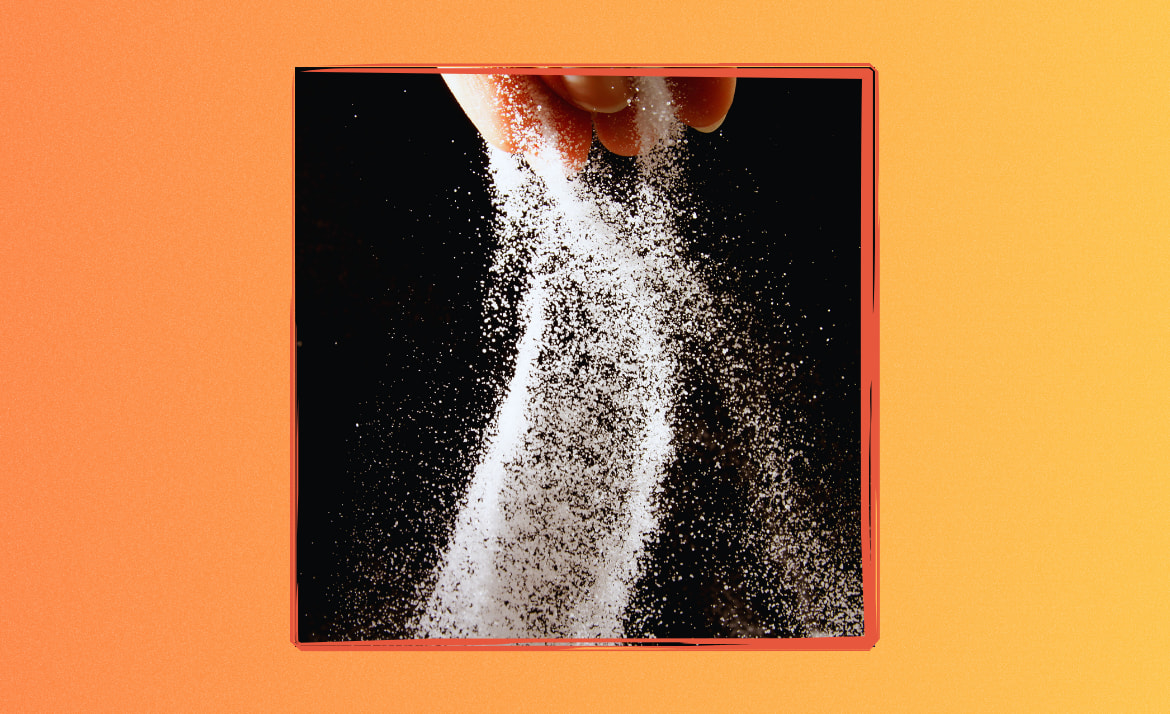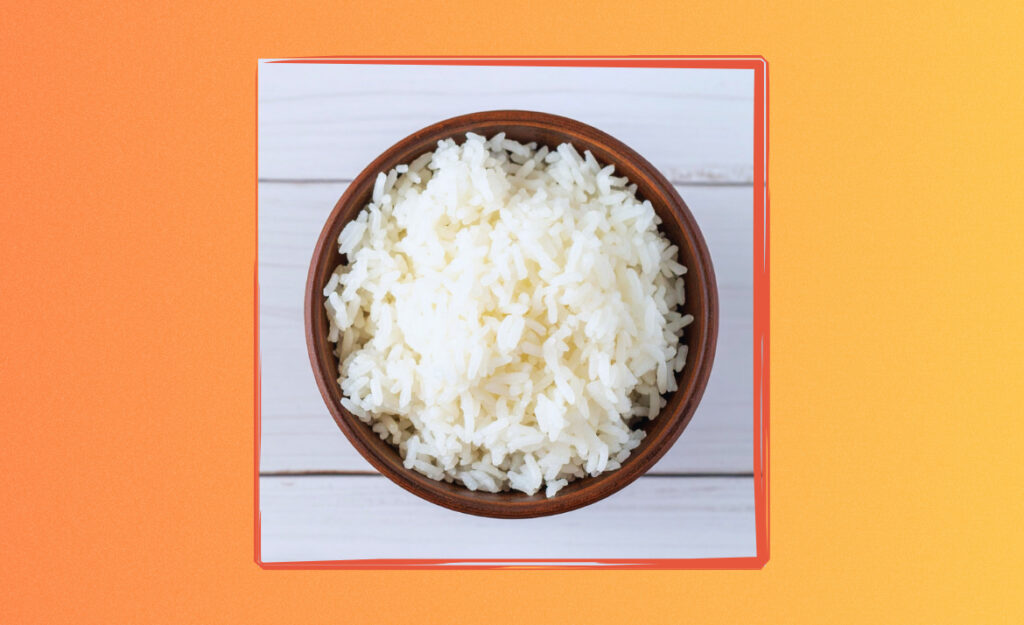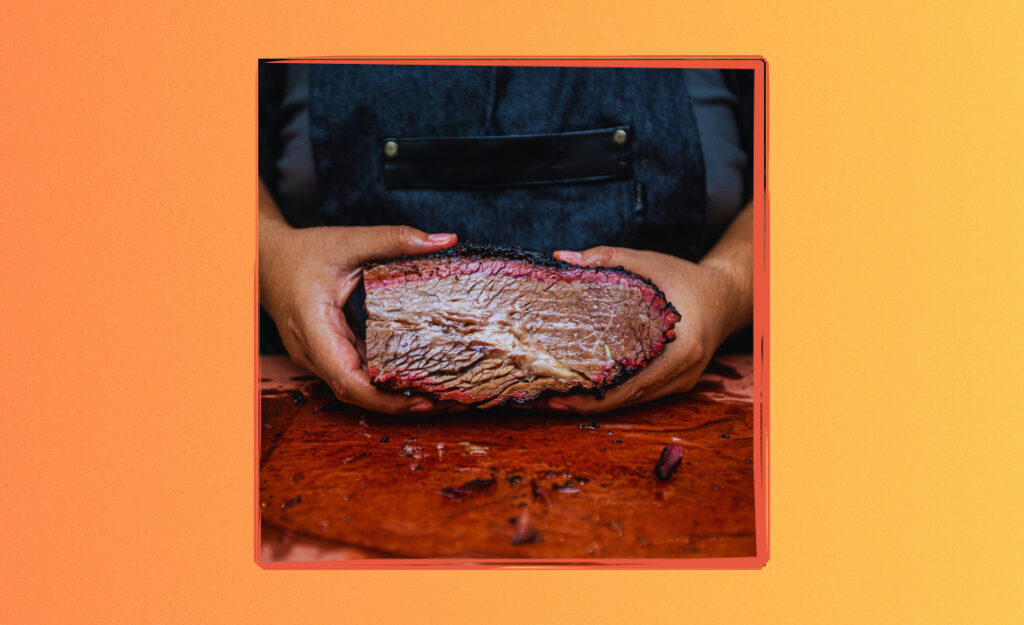
Staying one step ahead in the kitchen depends on more than just fresh ingredients—it hinges on knowing the seasoning food tips chefs use every day. There’s something satisfying about nailing the perfect level of flavor, even in a simple dish.
Flavor isn’t just luck or talent; making the most of salt, spices, and acids is the foundation of memorable home cooking. When you start using the tricks the professionals rely on, each meal gains new depth.
This guide offers actionable techniques, hidden chef moves, and flavor-building insights. Dive in to get step-by-step kitchen wisdom and practical seasoning strategies you can use tonight.

Fix Salty Food: Proven Steps for Saving Your Meal
Discover expert steps, flavor swaps, and prevention tips to fix salty food effectively—with zero waste and full confidence.Perfecting Salt: Real-World Timing and Techniques
Delivering the right balance of salt can transform your cooking. Chefs say there’s a window for seasoning food that builds the best flavor from your very first pinch.
Seasoning food early lets flavors penetrate proteins, vegetables, and starches. Salt just before serving brings brightness, but too late and it’ll stay on the surface, making food taste uneven.
Salting Proteins at the Right Moment
Sprinkle salt on steaks or chicken at least 30 minutes before cooking, allowing it to absorb and tenderize. You’ll taste a deeper savor in every bite.
For quick-cooking proteins like fish, salt just before they hit the pan. This keeps them firm and juicy, ensuring the seasoning complements but doesn’t overpower their natural taste.
If you’re making soups or stews, add a little salt as you build the base, then taste and adjust as you layer on flavors. Each addition brings out something fresh.
Recognizing When to Season During Cooking
Think of seasoning in layers, like painting with color. As vegetables roast or pasta boils, add pinches along the way. Don’t wait to salt only at the end.
Even salads benefit from salt before dressing—tossing leaves with a tiny sprinkle unlocks their flavor and ensures the whole bowl tastes balanced and bright.
Try this: After seasoning, wait a few minutes before tasting again. Flavors open up as salt dissolves and interacts with the dish, revealing the real final result.
| Dish | When to Salt | Result | Takeaway |
|---|---|---|---|
| Steak | 30 min before | Juicier, deeper flavor | Salt ahead for better results |
| Pasta Water | Before boiling | Seasoned noodles | Salty water seasons from within |
| Vegetables | Before roasting | Enhanced caramelization | Salt draws moisture, improving browning |
| Soups | In layers | Nuanced seasoning | Add at each stage, taste frequently |
| Salads | Before dressing | Lively, crisp taste | Salt blooms flavor pre-dressing |
Building Flavors with Acidity and Bitterness
Adding acids and balancing bitterness creates unforgettable meals. Every accomplished chef relies on this seasoning food tip to round out flavors and achieve zing without over-relying on salt.
Whether you splash lemon on greens or whisk vinegar into sauces, these choices sharpen bland food and elevate dull flavors instantly.
Acidity: Citrus, Vinegars, and When to Add
Citrus brightens savory dishes. A chef will squeeze lemon over grilled veggies or seafood just before serving, right as the dish leaves the heat, giving it a last burst of life.
- Add vinegar to salad dressings for depth—combine it with mustard to cut richness in hearty greens.
- Balance tomato sauces with a splash of balsamic or red wine vinegar to bring out their natural sweetness and complexity.
- Squeeze lime over tacos or grilled shrimp before eating for a fragrant, tangy spike that awakens each bite.
- Deglaze pans with a bit of white wine or sherry after sauteing onions. This step captures caramelized bits and infuses sauces with subtle tang.
- Mix yogurt or crème fraîche into spicy or strong-flavored dishes. Their live cultures add acidity and mellow sharpness for creamy, lush results.
Layering acids thoughtfully lets you develop flavor profiles chefs value.
Bitterness: Vegetables and Cocoa
Dark greens, coffee, and unsweetened cocoa create underlying bitterness, which makes sweet, salty, and sour flavors pop more vividly. Chefs use these ingredients for depth—even a pinch of cocoa in chili becomes a hidden seasoning secret.
- Roast Brussels sprouts until deep golden for a hint of bitterness that balances their sweetness—toss with citrus before serving for brightness.
- Slip a square of dark chocolate into slow-cooked sauces or stews. The bitterness rounds out earthy and smoky flavors without making the dish taste like dessert.
- Add a spoonful of espresso or brewed coffee to barbecue sauce. It gives a robust kick and transforms tomato sauce into something deeper.
- Pair radicchio or endive with fruit or cheese in salads. Their natural bitterness keeps the dish lively and interesting rather than one-dimensional.
- Use charred peppers in salsas, adding a subtle bitterness and depth that a raw pepper can’t deliver on its own.
Bitterness is a tool to keep dishes balanced, never bland.
Pinpointing the Magic of Spices—Toast, Grind, and Bloom
Getting the most from spices is about timing and technique, not just quantity. A chef’s secret: Unlock flavor by treating spices as core ingredients, not just a finishing touch.
There’s a world of difference between sprinkling ground cumin versus toasting whole seeds. One draws out aroma; the other provides subtle background heat.
Toasting Spices for Maximum Aroma
Place cumin seeds in a dry skillet until lightly fragrant, then grind them for an instant hit of deeper flavor. You’ll notice how aroma fills the kitchen and flavor intensifies.
Coriander, mustard, or fennel also change drastically when toasted—their oils release, adding roundness to curries, soups, or even vinaigrettes.
When toasting, move the pan frequently and smell closely. Pour them out if they start smoking or darkening dramatically—overdone spices can turn a dish bitter quickly.
Blooming Spices in Fat: A Pro Move
For curries, chili, or stir-fry, add ground or whole spices to hot oil before any other ingredients. The fat extracts essential oils, giving dishes authentic, full-bodied taste.
This technique, frequently found in Indian cooking, transforms plain spices into punchy base layers—use a small amount of neutral oil, not butter, which can brown too quickly.
Aromatics like garlic or ginger should follow the spices into the pan. The scent cues when the base is ready for protein or vegetables—you’ll smell the difference immediately.
Combining Fresh and Dried Herbs for Real Complexity
Fresh and dried herbs offer distinct flavor notes, and the best cooks blend both strategically. Knowing when to use each form is another seasoning food tip that dramatically impacts flavor.
Add dried herbs early for robust, foundational notes, while fresh herbs go in right at the end, adding brightness and aroma as the final flourish.
Dried Herbs: Building a Flavor Foundation
Dried oregano, thyme, and rosemary hold up in long-simmered dishes. Use a small pinch while sautéing onions for soup, setting up an herby backbone before adding liquids.
Crumble dried basil into tomato sauce as it simmers—the warmth unlocks its essential oils, lending a gentle, layered fragrance that’s not overpoweringly green or grassy.
Avoid using old dried herbs. If you barely smell them in your palm, replace them. Freshness is just as crucial here as it is with produce.
Fresh Herbs: Last-Minute Uplift
Mince parsley and sprinkle over roasted potatoes right before serving. You get a fresh, grassy snap that matches hearty flavors—this quick step is easy to overlook but brings sophistication.
Tear basil leaves over finished pizza as it comes out of the oven; their essential oils bloom with just a hint of residual heat. This move gives a classic Margherita its irresistible scent.
Cilantro and dill add perfume to curries when stirred in during the last minute of simmering. Their delicate character fades fast, so always wait until the very end.
Adjusting Texture and Temperature for Better Flavor Absorption
To make seasoning stick and absorb, control temperature and texture. Chefs swear by seasoning food right after slicing or prepping, when surfaces will grab flavors best.
This principle applies from vegetables to proteins and even baked goods—fine surfaces capture seasoning, while whole or large pieces resist absorption.
Slicing Tips for Maximum Seasoning Coverage
The thinner you slice vegetables, the more surface area they present. For example, shaved fennel or cucumbers in salads soak up vinegars and spices evenly, boosting brightness and crunch.
Chicken cutlets seasoned right after pounding will retain salt and pepper more effectively than thick, uneven pieces. This micro-adjustment makes seasoning stick to each bite rather than falling off in the pan.
Slicing steak across the grain before seasoning improves both tenderness and flavor distribution. Every thin piece offers more space for rubs or marinades to do their work.
Temperature: Warm vs. Cold Surfaces
Seasoning sticks best to warm, just-cooked items. As proteins rest after grilling, sprinkle flaky salt or squeeze citrus for maximum absorption. Warmth enhances the transfer of flavor into fibers and juices.
For bread or baked goods, brush melted butter or honey as soon as they come out of the oven. You’ll notice these flavors seep deep instead of sliding off, creating a more satisfying result.
Cold foods, like salads or fruit, benefit from seasoning just before serving to prevent water from diluting flavor. Let them sit with salt or acids for a minute, then toss again to distribute evenly.
Relying on Tastes, Not Just Recipes: Chef-Level Seasoning Confidence
Recipes provide a starting line, but confidence comes from tasting and trusting your palate. Chefs use this tip to create consistent quality, even when making the same dish every day.
Taste not just once, but at multiple points throughout the cooking process. Each addition of salt or acid changes the landscape—a benefit recipes can’t provide on their own.
Adapting Seasoning for Different Ingredients
Sea salt is less salty by volume than table salt. If you swap one for the other, taste as you go and add in stages. Refining adjusts for brand and density differences.
Natural variations—like late-season tomatoes being sweeter—mean you’ll need to tweak acid levels or salt. Don’t be afraid to deviate from the printed recipe when flavor calls for it.
Start a habit: Taste before serving, say out loud, “Does this pop?” If not, add a pinch or splash—repeat until you hear yourself say yes.
Building a Seasoning Habit
Keep a small prep bowl of finishing salt on your counter as a reminder to taste and adjust. Make this as routine as washing your hands before prepping.
Try making a mini-tasting spoon just for yourself—dip it, taste, and decide. This ritual helps prevent mindlessly following instructions and ensures each batch is as good as it gets.
Move seasoning from an afterthought to an intentional step and you’ll develop intuition fast. The more you taste, the less you’ll rely on rigid measures.
Finishing Touches: Garnishes, Crunch, and Visual Appeal
Finishing flourishes matter just as much as initial seasoning. A chef’s eye for detail means each plate gets a textural contrast, pop of color, or fresh garnish that piques flavor and interest.
Small moves, like a sprinkle of za’atar or citrus zest, cause people to say, “What’s different here?” It’s a simple way to turn basics into showstoppers every time.
Crunchy Garnishes and Salts
Toast breadcrumbs with olive oil and scatter over a vegetable dish. The resulting crunch keeps each mouthful lively and sharpens the flavor.
Use fancy finishing salts—fleur de sel, Maldon, or pink flakes—as a last-minute topping for steaks, chocolate desserts, or even raw vegetables. You’ll taste and feel differences in every bite.
Sprinkle roasted seeds (pumpkin, sunflower) on top of salads or pureed soups. It’s a way to add nutty, savory bursts precisely where you want them.
Citrus Zest, Fresh Herbs, and Beyond
Grate orange or lemon zest over roasted chicken or fish right before serving. The aroma entices and adds a layer of flavor no sauce can achieve on its own.
Snip chives or scallions directly onto a steaming bowl of noodles—the explosion of fresh, oniony notes brings a vibrant finish.
Try microgreens, chili threads, or edible flowers as final garnishes for special meals. Their delicate look and punchy flavor signals to guests you care about every detail.
Level Up Your Kitchen Game with Chef-Approved Seasoning Habits
Every dish gets closer to restaurant quality when you apply these seasoning food tips: salt early and in layers, pair acids with salt, and finish with texture or brightness.
These strategies become more intuitive with every meal. When you start seasoning food with the mindset of a chef, you’ll find your palate—and your creativity—expanding as well.
Refining flavor is a lifelong skill, never just a box to check. Try one technique from this article tonight and build your confidence with every new recipe you approach.
Frequently Asked Questions
- How do you avoid over-salting food? Taste at each step, add salt gradually, and remember you can always add more. For soups or sauces, dilute with unsalted stock or water if needed.
- What’s the best way to season vegetables? Toss with salt, pepper, and a splash of acid before roasting or sautéing. Fresh herbs or a finishing oil after cooking create layers of flavor.
- When should you add dried herbs in cooking? Add dried herbs early so they have time to infuse and hydrate during the cooking process. Fresh herbs are best stirred in at the last moment.
- How do you balance too much acidity? Incorporate a pinch of sugar, honey, or a splash of cream to mellow harsh sour notes. Taste as you go to correct the dish’s balance.
- Can you rescue food that’s too spicy? Mix in dairy like yogurt or sour cream, add more cooked grains or vegetables to dilute, or use a squeeze of citrus to cool excess heat.



